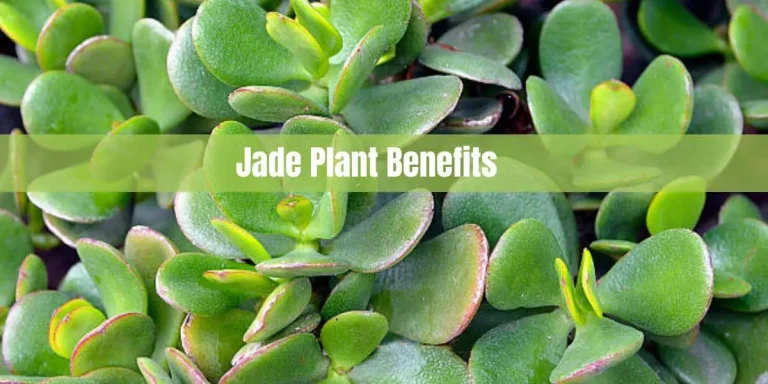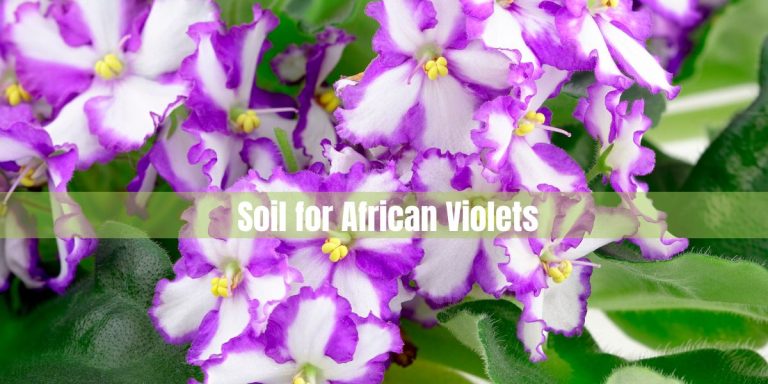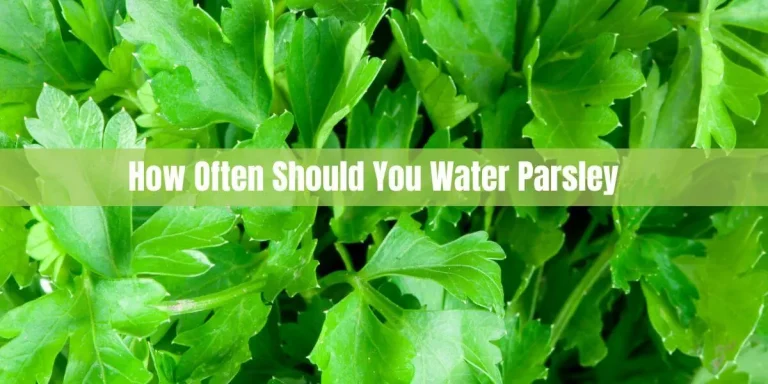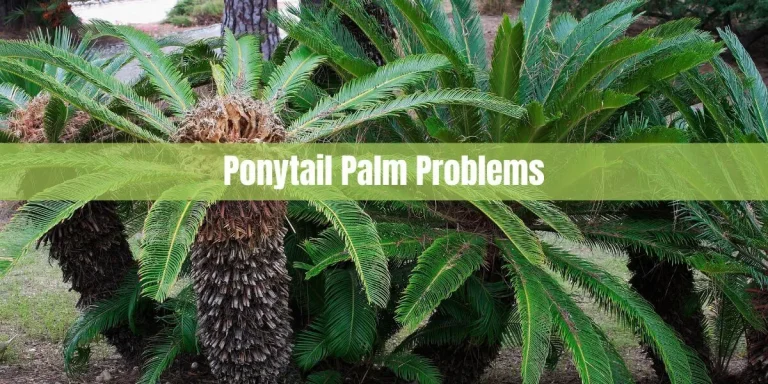Ponytail Palm Top Broke off: Common Causes and Solutions
Are you proud of your ponytail palm, but now that the top has broken off, you’re scared and confused? Not to worry; this problem commonly affects many ponytail palm owners. This article will discuss the common causes of ponytail palm top breaking and solutions so you may restore your plant to its former beauty.
In summary, overwatering, pests, and environmental variables can cause the tops of ponytail palms to break off. But, top breakage may be avoided and treated with the right care. You may aid your plant’s recovery by altering your watering routine, using pesticides, and offering ideal growing circumstances.
But what precisely are these reasons, and how do you put the remedies into action? We have your back. In order to keep your ponytail palm healthy and attractive, we’ll get into the specifics of ponytail palm maintenance in this post and offer recognized horticulturists’ professional guidance.
So let’s get started if you’re ready to discover how to keep your plant from breaking and how to restore it to health.
How to handle a Ponytail Palm with a broken top
Have you ever been gazing at a cute braided palm only to find that the top has broken off? While this is a typical issue with a fix, take caution not to overreact. We’ll examine the causes, remedies, and future prevention of pig tail palm top severing in this article.
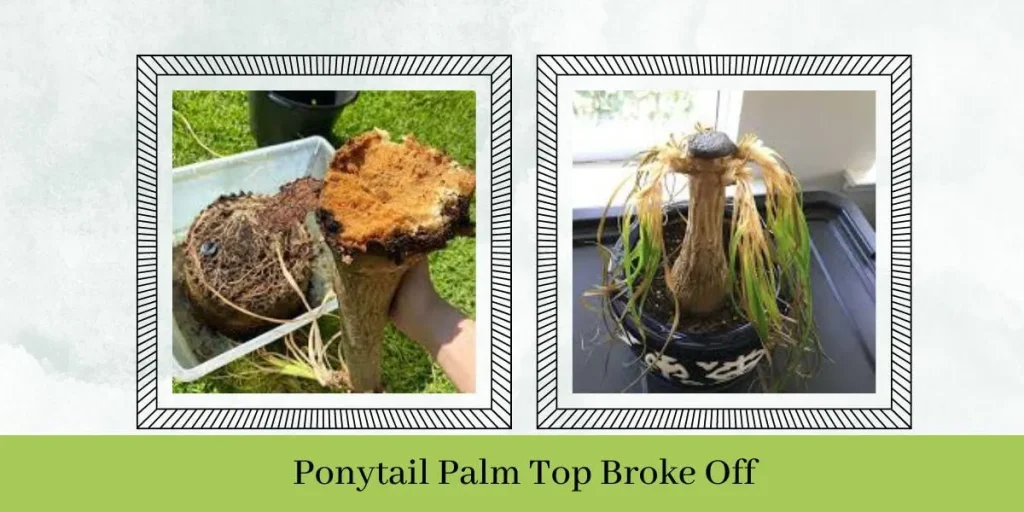
What Causes a Ponytail Palm Top to Break Off
Overwatering is the most common cause of a braid palm top severing. When the ground is excessively soggy, the stem and leaves might get heavy and cause the top to break off. Actual injury, such as accidentally knocking the plant over or dropping something heavy on it, is another typical explanation. Finally, illness or bothersome intrusions might weaken the stem and cause it to sever.
Common causes and solutions for a broken ponytail palm top
| Causes of Broken Ponytail Palm Top | Solutions |
| Overwatering or underwatering | Adjust watering schedule to ensure proper soil moisture |
| Pests or disease | Treat with appropriate pesticide or fungicide |
| Physical damage | Cut off damaged portion of the plant and treat with rooting hormone to encourage new growth |
| Environmental stress | Ensure plant is in an appropriate location with adequate sunlight and humidity |
| Nutrient deficiencies | Fertilize plant with appropriate nutrients according to instructions |
What Steps Should You Take to Fix a Broken Ponytail Palm Top
Step 1: Remove the Broken Top
Eliminate the damaged top of the pig tail palm using a pair of precise, sharp shears. Slice the stem as closely to the break as possible. To prevent the spread of illness, make sure to thoroughly wash the shears after each use with scouring liquor.
Step 2: Allow the Wound to Dry
After removing the damaged top, give the wound time to heal for around 24 hours. This will help prevent contamination and allow the plant to recover.
Step 3: Repot the Plant
On the off chance that the pig tail palm is in a compartment that is excessively little, it very well might be an ideal opportunity to report it. Pick a pot that is somewhat bigger than the ongoing one and fill it with well-depleting soil. Make certain to add a layer of rock or sand at the lower part of the pot to further develop waste.
Step 4: Water the Plant
After repotting the braid palm, water it thoroughly while being careful not to overwater. Let the soil completely dry between watering.
How to Prevent a Ponytail Palm Top from Breaking Off
Fixing a pig tail palm top is easier than preventing it from severing.
- When the soil seems dry to the touch, water the plant immediately.
- Avoid over-treating, since this may result in sluggish development.
- Maintain the plant in a location with plenty of indirect light
- Protect the plant against extreme heat and chilly draughts.
- Check the plant frequently for symptoms of illness or irritant infestations.
FAQs
Cutting the highest tip of a pig tail palm will not grow back, but the remaining stem will continue to grow and produce additional shoots. To prevent further damage, it is important to cut the plant using sharp, clean scissors and attach an attaching chemical to the portion of the stem that was cut to encourage new growth.
A braid palm can be mended depending on how bad it is and where it is damaged. It is recommended to focus on promoting the growth and health of the additional plant if it is severe or situated near the plant’s highest point. Water, treatment, and pest control should be given to support new development and stop further harm.
Control the leaf tips of a braided palm by using sharp scissors or pruning shears to remove the optimum portion of the leaf. To prevent damaging the plant, handle a small amount at a time and refrain from cutting too closely to the stem. Over-managing the plant can lead to stress and impede growth.
Start by selecting a sturdy stem that is a couple inches long and has a few leaves to root a pig tail palm cutting. Dip the stem into a chemical setting powder and place it in a ground damp. Cover the cutting with a plastic bag or wrap and position it in indirect light. Inspect the cutting frequently to establish roots and sprout new leaves.
The first step is to assess the extent of damage to the pigtail palm and repair it if necessary. If it is severe, remove the damaged portion and focus on enhancing the growth and health of the extra plant. Regular care such as watering, treatment, and vermin control can support new development and prevent further injury.
Conclusion
Overall, a damaged pigtail palm top is a common problem that may be resolved with the proper thought and care. overwatering, inconveniences, real injury, atmospheric pressure, and nutritional deficiencies. Give your pig tail palm the proper growing conditions and routine inspections to ensure that you prevent further breaks.



